How often do you get a pedicure and how long does it take?

Caring for the skin of the feet and nails on them is important for any woman, like a manicure. This helps to keep the feet healthy, which makes them look attractive. But in most cases, women carry out pedicure regularly only in the summer, when they walk in open shoes, and this is a clear omission on their part. It is worth figuring out why.
How often to have a pedicure
Based on what experts in the field say, a pedicure should be done once a month. This is due to the fact that the nail plates on the toes and the skin are slower to grow than the skin and nails of the hands, so it is not worth doing this procedure too often. If you don't take care of your feet as often, you can just run them. It is best to use the services of a professional craftsman, who will be able to make sure that the heels are soft, ugly and painful calluses do not form on the feet, and the nails on the toes do not grow in.
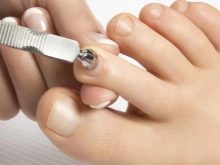


The frequency of processing also depends on the following factors:
- from the speed of formation of calluses and corns, which is associated with the type of skin - more sensitive and tender prone to their rapid appearance;
- in the summer, pedicure should be done more often, about 1 time in 15 days, since the harmful effects of moisture, ultraviolet radiation and dust particles occur on open legs;
- if there is a predisposition to ingrown nails into the epidermis, the procedure will need to be carried out more often than in the absence of such a problem.
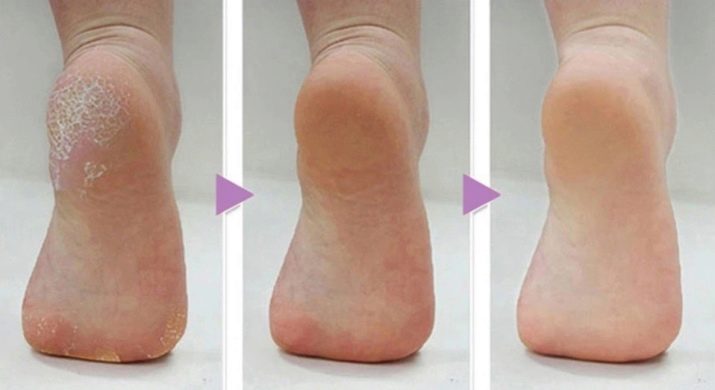
In general, it is enough to look at your feet to decide whether it's time to do a pedicure or it's too early. Those who constantly use special creams and biogels can get by with one session per month.But sometimes a woman already has a lot of worries to fully take care of her feet at home. And then they are advised to pay a visit to the master more often. However, for those who are used to renewing their nail polish every week and still feel comfortable, it is probably worth sticking to the same frequency with regard to professional services.

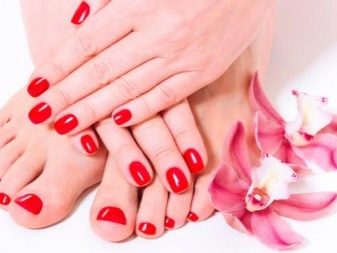
Types of pedicure and features
Meanwhile, different types of this beneficial exercise can affect the epidermis and toenails in different ways, which can also determine the frequency of sessions.
To do this, you need to know the features of each procedure.
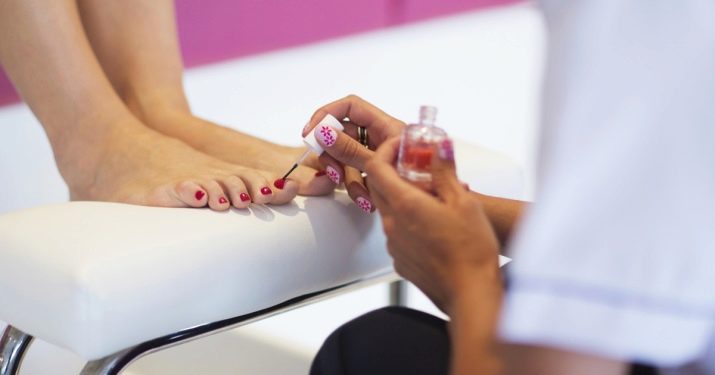
Trimming method
This is a traditional disposal of calluses and corns - for this, the legs are steamed, and the dead stratum corneum is removed. This pedicure can be done successfully at home. In salons, especially if you come to an unfamiliar master, there is always a risk of cuts, and since water is a necessary condition for this session, a woman can be infected with pathogens or a fungus. Constant cutting off of old skin and exposure to steam in this case can lead to new corns, therefore, too frequent sessions are not desirable, and, perhaps, such a pedicure should, in general, be abandoned, having found alternative options.

Hardware technique
It is mainly aimed at preventing injuries, scratches and other damage, and water, which often becomes the cause of fungal diseases, is not used here. This method is relevant when the state of the legs is far from ideal, while it absolutely does not affect the growth rate of the nail plate.
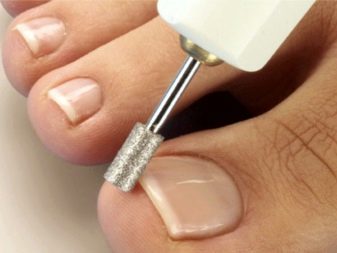
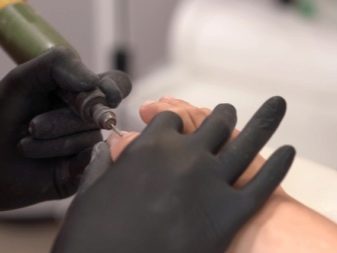
Cream pedicure
It is also called acidic. This is, in fact, the application of special formulations containing fruit and glycolic acid, due to which there is getting rid of rough, dead skin. The advantage of the procedure is its simplicity, however, there are also disadvantages - contraindications that relate to open wounds, cracks, wet calluses and the presence of fungus.
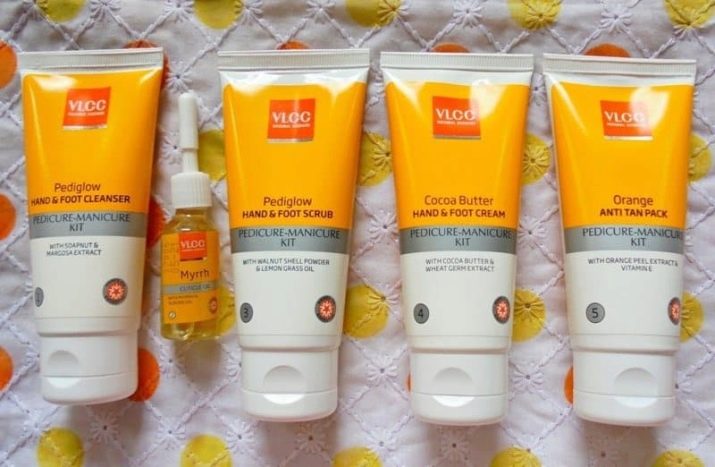
The conclusion that suggests itself is that the correct selection of the type of procedure is based on the condition of the legs. A qualified specialist can help with this, he can also recommend a certain frequency of visits to the salon.
Session duration
In time, a classic pedicure takes from 40 minutes to one hour.
The duration of the procedure consists of the following stages:
- preparation, which consists in removing varnish with a special liquid, cleansing the feet and fingers, applying an exfoliating agent;
- followed by steaming in a bath with a disinfecting and medicinal solution;
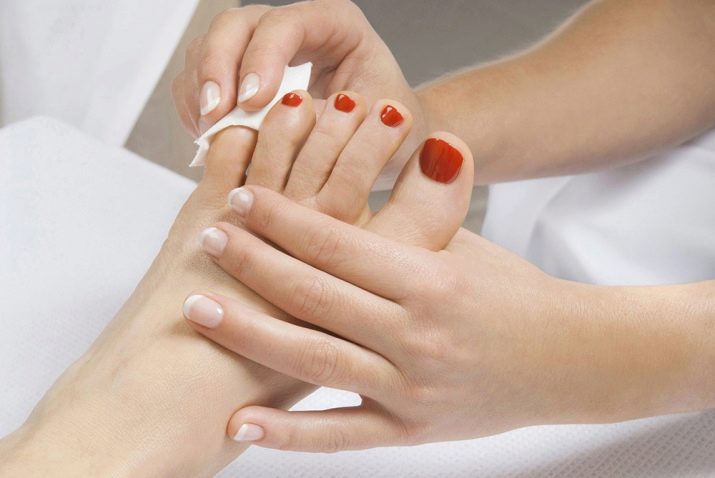
- sometimes to relieve fatigue and severity, drugs are used that contribute to the speedy healing of wounds, make the skin softer and restore blood circulation in the legs;
- after that, coarse keratinized particles are removed with special files;
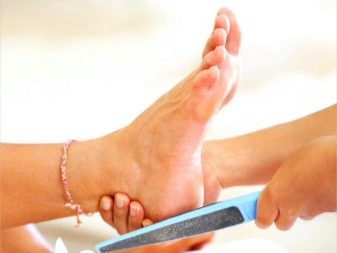
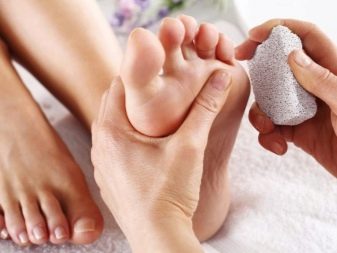
- with scissors, sanding files and pedicure tweezers, the nails are optimally shaped;
- at the next stage, a softening solution is applied to the nails, after which the cuticle is cut;
- lastly, the application of varnish, decorative elements and a fixing coating is carried out.
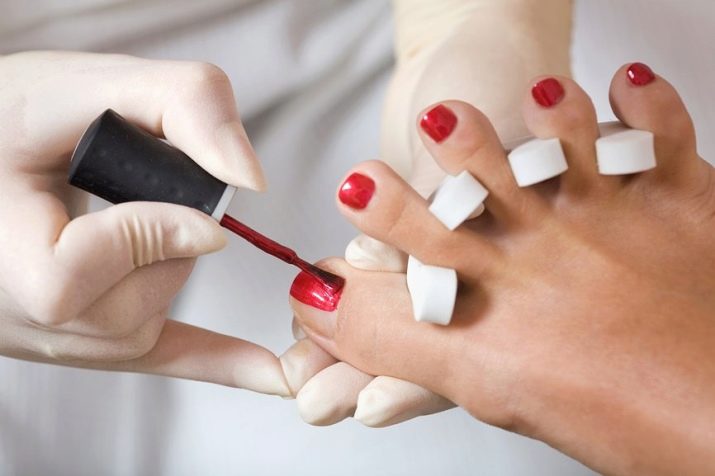
At the end of the session, the master performs a foot massage, applies a basic care cream to the skin of the feet.
As for the hardware processing, it can take as little as 20 minutes, since steaming is not required.
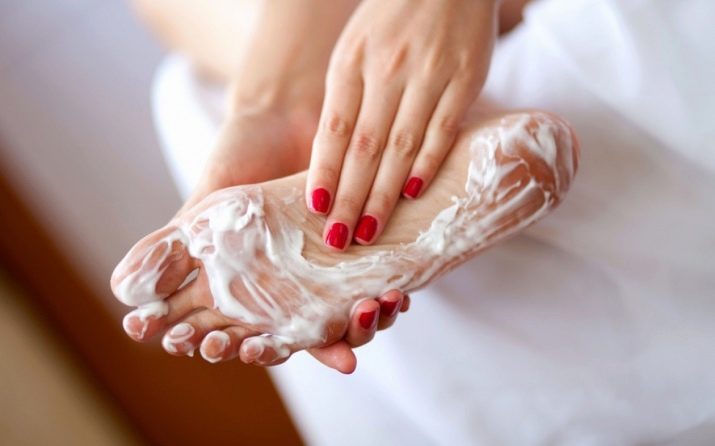
A frequently asked question on this topic is how long a coated pedicure lasts. This largely depends on the application technology, in particular, shellac is the method that provides the longest effect, which lasts up to three weeks. But it can also depend on how quickly the nails grow, and it turns out that the answer lies in the individual characteristics of the physiology of each woman.
Summing up, we can say that it is not necessary to visit beauty salons all the time - if you devote a little time to your feet every day, apply emollients and periodically pamper them with salt baths, then visits to the master may be relevant only to update the decorative coating.
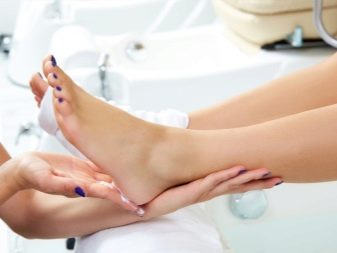

The video below tells about the secrets of foot care.








